Cranial Sacral Therapy, Applied Kinesiology
- Naturopath Osteopath Clinic
- »
- Osteopathic Treatment
- »
- Cranial Sacral Therapy, Applied Kinesiology
Cranial Sacral Therapy is a technique taught in Applied Kinesiology based upon Cranial Osteopathy technique practiced by our Osteopath in Naturopath Osteopath Clinic which was discovered by Osteopath Dr. William Sutherland after he had an impressive knowledge while taking a look at the specialized articulations of cranial bones. Unlike popular belief Dr Sutherland understood that Cranial joints were, in fact, made to tiny levels of movement.
Later on, between 1975 to 1983 at Michigan State University, osteopathic physician John E. Upledger pioneered and developed techniques into what he called ‘CranioSacral Therapy’, a powerful yet simplified system of treatment. John E. Upledger (osteopathic physician) was serving as a clinical researcher and Professor of Biomechanics at Michigan State University.
Like Osteopathy, Cranial Sacral Therapy seeks to rejuvenate the natural balanced motion found between the bones of the head and also the sacrum. The cranial bones and also sacrum move in various directions when we take in and in opposite directions when we take a breath out.
The objective of this is to help the blood circulation of the cerebrospinal fluid (CSF) throughout the main nerves. As well as some recommended that cerebrospinal fluid (CSF) circulation along the cranial nerves and also spinal nerve roots allow it into the lymphatic channels. Recovering normal cranial-sacral rhythm makes it possible for the body to operate optimally as well as could relieve a wide array of excruciating and inefficient problems within the body.
To learn more on cranial- sacral treatment, cerebrospinal liquid, cranial nerves, please see:
MRI showing pulsation of CSF
Utilizing a soft mild touch, release restraints in the cranial-sacral system to enhance the functioning of the central nervous system.
There are lots of reasons why the motion of the cranial and also the sacrum might have be disturbed.
For some, it can be triggered by the injury caused during birth. Considering that the bones are really flexible, typical normal movement and crying recovers the natural movement.
For some, it could have been triggered by an accidental bang to the head, a vehicle accident or falling. Jaw problems can likewise affect the Cranials as when we chew or clench our teeth, there are muscle tissues connected directly to the skull performing pull of the Temporalis muscle on the squamosal joints of the skull.
Dysfunction of the Cranial Sacral activity can be seen in various conditions, even some triggered by the entrapment of cranial nerves as they exit the cranium such as trigeminal neuralgia, migraines, migraine headaches, reduced back as well as disc troubles, basic weak point on one side of the body, problems with visual acuity, low or high blood pressure, allergies, hypochlorhydria, earaches, balance loss, tinnitus, dizziness and vertigo, recurring upper cervical (neck) problems and scoliosis.
In applied kinesiology, there are strategies to locate the dysfunctions as well as to figure out it can be fixed. The difference in muscle tissue strength when the individual is taking in or taking a breath out is one clue. The asymmetrical face is one more hint that there might be a problem. Or the doctor could observe what takes place to the stamina of a muscular tissue when she (or he) presses on particular Cranials or Joints.
Cranial-sacrum adjustments are quickly made as well as if can be integrated with the correction of accompanying spine disorder, muscle harmonizing and correct nutrition. It certainly have a long lasting impact.
Naturopath Osteopath Clinic Manual Osteopathic Services

Osteopathic Pain Management
Osteopathic pain management is a field of medicine that uses manual therapies and other treatments to help people manage pain. Osteopathic pain management is often used to treat chronic pain, but can also be used to treat acute pain.
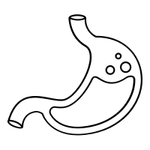
Osteopathic Systemic Dysfunction and Problems
Osteopathic systemic dysfunction (OSD) is a term used to describe a state of body function that is characterized by a disruption in the normal balance of the musculoskeletal, cardiovascular, respiratory, and digestive systems.
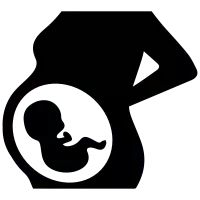
Pregnancy
Osteopathy for Pregnancy is a form of treatment that focuses on the body’s structure and how it functions. Osteopaths believe that restrictions in movement or pain in one area of the body can cause problems in other parts of the body.
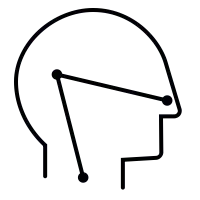
Ear, Nose and Throat Problems
Osteopathy is a form of manual medicine that uses specific techniques to diagnose and treat problems with the musculoskeletal system. Osteopaths believe that many health problems can be traced back to problems with the bones, muscles, and joints.
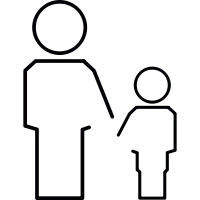
Pediatric Osteopathy (Babies and Children)
Pediatric Osteopathy is a form of holistic medicine that uses manual manipulation of the body to improve circulation and overall health. Osteopaths believe that this type of treatment can help with a wide range of issues, from ear infections to colic.
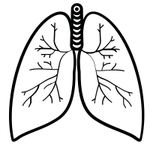
Respiratory Illness
Osteopathy is a form of manual medicine that uses the hands to diagnose and treat health problems. Osteopathy can be used to treat a wide variety of respiratory illnesses, including asthma, bronchitis, and pneumonia.
If you liked this content and found it to be informative, please rate it.
We are sorry that this post was not useful for you!
Let us improve this post!
Tell us how we can improve this post?

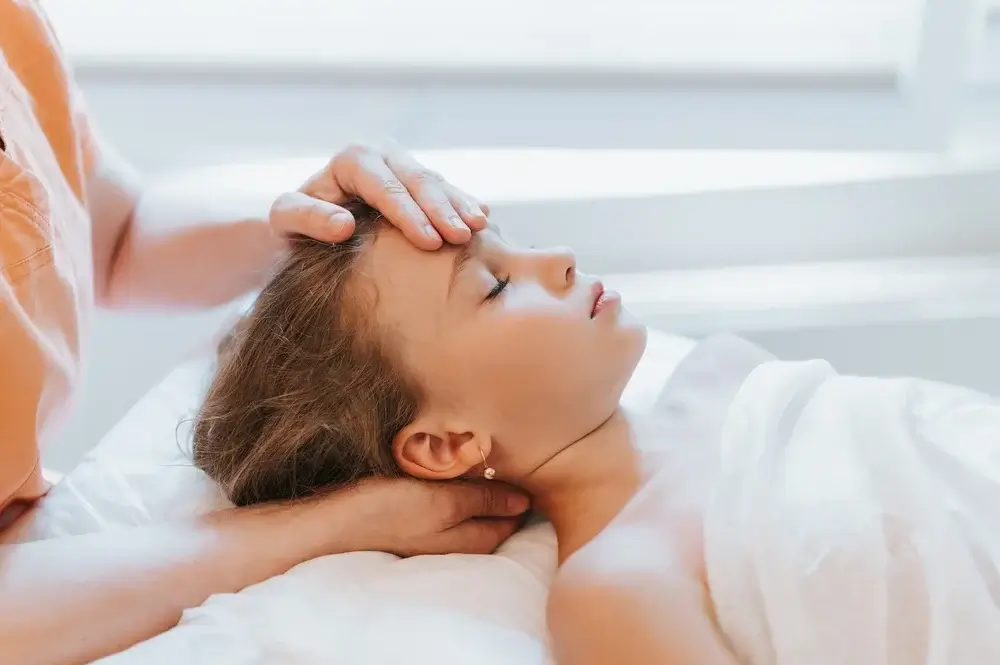
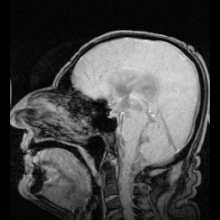 MRI showing pulsation of CSF
MRI showing pulsation of CSF